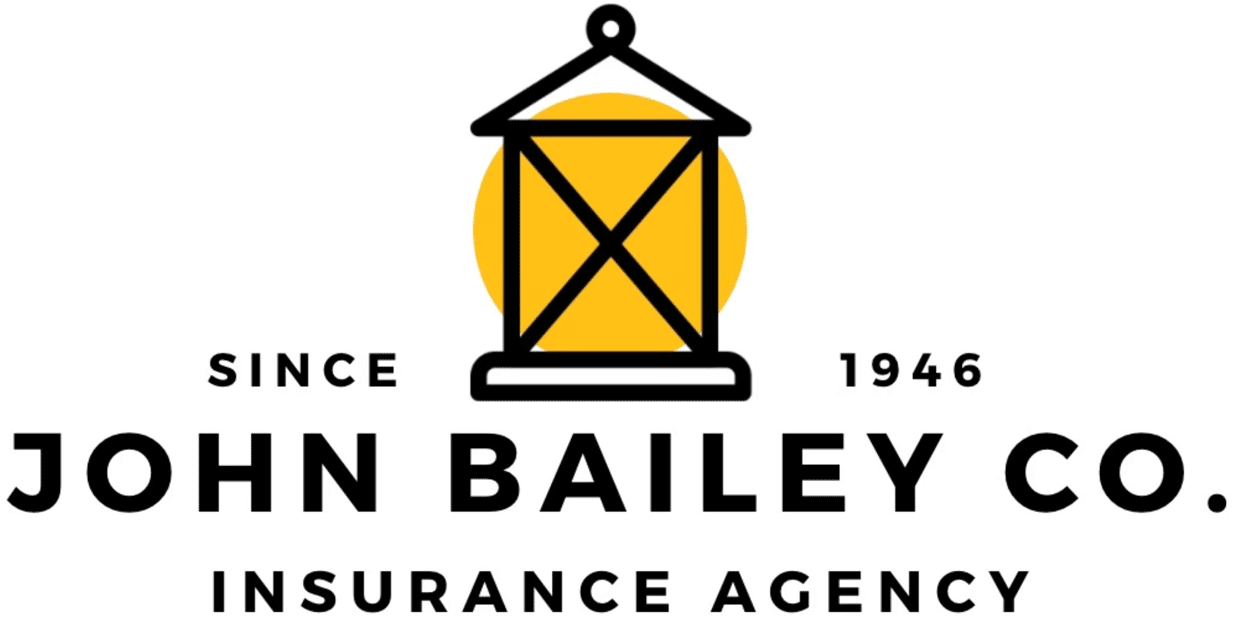Economic and Environmental Impacts
Inflation and Interest Rates
While the intense inflationary pressures of the early 2020s are expected to moderate, their impact will linger. Elevated replacement costs for labor and materials will continue to influence loss severity. The trajectory of interest rates will be a double-edged sword; higher rates improve investment income for carriers but can also constrain capital and impact the real estate market.
Reinsurance Market Dynamics
After a period of significant hardening, the reinsurance market may see a slight easing in 2026, provided there isn’t a string of unexpectedly large catastrophic events. However, reinsurers will likely maintain strict terms and conditions. The availability and cost of reinsurance will remain a primary constraint on primary carriers’ capacity and appetite, especially for catastrophe-exposed business.
Catastrophe and Climate Impact
The frequency and severity of both primary perils (hurricanes, earthquakes) and secondary perils (wildfires, convective storms, floods) show no signs of slowing down. Climate change continues to make historical loss data less reliable, pushing carriers toward more sophisticated, forward-looking models. This volatility is the single greatest threat to underwriting profitability and market stability.
Construction and Supply Chain
Lingering supply chain disruptions and skilled labor shortages will keep construction costs above historical norms. This directly impacts claims severity, making accurate property valuations more critical than ever. While some normalization is anticipated by 2026, rebuilding after a loss will remain expensive and time-consuming.
Underwriting Discipline Becomes the New Standard
In response to sustained losses, the underwriting “pendulum” for insurance companies has swung firmly toward discipline. This trend is set to intensify, powered by better data and a back-to-basics focus on profitability. In 2026, expect underwriting to be more technical, data-driven, and conservative.
Pricing and Capacity: A Segmented Outlook
The property market in 2026 will not be monolithic. Pricing and capacity will vary significantly by line of business and geography, creating a patchwork of hard, soft, and transitioning micro-markets.
Personal Lines (Homeowners)
This segment will remain challenged, particularly in catastrophe-prone states. Expect continued rate increases, stricter underwriting for older homes or those with older roofs, and a growing role for state-run insurers of last resort. Inland states with lower catastrophe exposure may see more rate stability.
Small Commercial
Small businesses can expect persistent rate pressure, though perhaps less severe than in personal lines. Carriers will lean on automation and third-party data to underwrite these risks efficiently, with a focus on business interruption exposure and property resilience.
Middle Market
This segment will experience a nuanced market. Accounts with clean loss histories and robust risk management in low-risk areas may find competitive terms. However, those with catastrophe exposure or poor loss performance will face significant rate hikes and potential capacity restrictions.
Large Accounts & REITs
Sophisticated buyers will navigate a demanding market. Capacity for catastrophe-exposed portfolios will be tight and expensive. Layered programs will be common, and buyers will need to provide high-quality data to secure favorable terms. Parametric solutions may become a more common part of risk transfer strategies for this segment.
Growth of Parametric Insurance
Parametric products, which pay out based on a predefined trigger (e.g., wind speed, earthquake magnitude) rather than an assessment of actual loss, will see significant growth. They offer speed, transparency, and liquidity, making them an attractive supplement to traditional indemnity coverage, especially for large commercial accounts and public entities.
Risks to the Forecast and Outlook Scenarios
The 2026 outlook is subject to several variables. Key indicators to watch include global reinsurance renewal pricing, the frequency of billion-dollar weather events in 2024-2025, and legislative changes in key states.
Based on these factors, we can envision three potential scenarios for 2026:
Base Case Scenario (Most Likely)
The market experiences a slow, fragile recovery. Rate increases moderate but continue to outpace general inflation. Underwriting remains highly disciplined, and capacity is tight but available for quality risks at a price. Technology adoption accelerates, improving efficiency but not yet fully offsetting loss cost trends.
“Things Go Well” Scenario (Less Likely)
A benign catastrophe season in 2024-2025 coupled with stabilizing inflation allows reinsurance capital to flow back into the market more freely. This leads to greater rate stability and a modest expansion of capacity. Successful regulatory reforms in Florida and California restore some private market confidence.
“Things DO NOT Go Well” (Plausible)
A heavy catastrophe season or a major financial market shock triggers a significant reinsurance capacity crunch. This leads to a severe market hardening, with double-digit rate increases across the board and widespread market withdrawals, even in previously stable regions.

